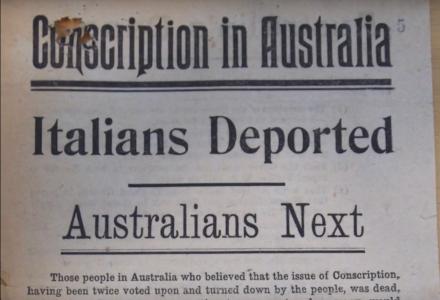Private Bill Kearsey was badly wounded in an artillery barrage at Glencorse Wood in Belgium. Doctors saved his life, but not his face. Shrapnel cut a deep gash in Bill’s forehead and, as the medical notes tersely put it, ‘obliterated’ his sinuses. Bill was sent to England and admitted to Sidcup Hospital. Over the next eighteen months surgeons would operate on him no fewer than twenty-nine times.
When Bill got back to Australia in May 1919, he set out to work the land. Flood and drought meant years without any success. He was also hampered by debilitating war wounds. Bill suffered severe sinusitis, chronic bronchitis, pain that split his shoulder blades and headaches that reached down into his neck. Often his nights were restless; patchy sleep was broken by horrific dreams. Thunderstorms terrified him, the loud rumbles and cracks of lightening reminded him of the explosion that changed his life.
For all that, Bill Kearsey built up an impressive holding, some 15,000 hectares, stocked with cattle and sheep. Working the land became his solace, and his property was a source of immense pride. Single for much of his life, he married Miss Verdun Frances Mary Forsyth in 1951. In time they established a family, adopting a young boy named Peter.
As Bill got older, his war injuries worsened. Verdun became his tireless advocate. Time and again, Bill’s wife took issue with decisions of the repatriation authorities that she saw as arbitrary or cruel. Surely a man who had given his face and his health for his country was a ‘deserving case’?
Verdun died in 1969. Two years later Bill passed away and was buried alongside her in Inverell Cemetery.
Bill Kearsey reminds us of a quiet type of courage; one not always noted in the heroic narratives of Anzac. Neither his war, nor his injury, came to define him; with remarkable resilience, he became a farmer, a husband, and a father despite all the odds.



